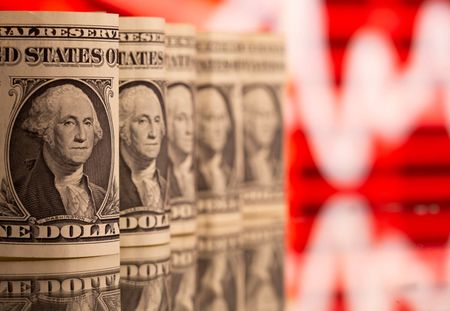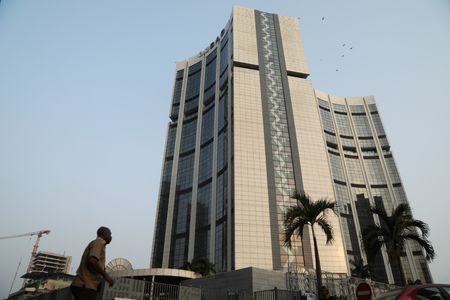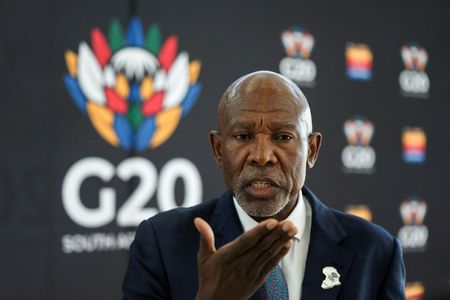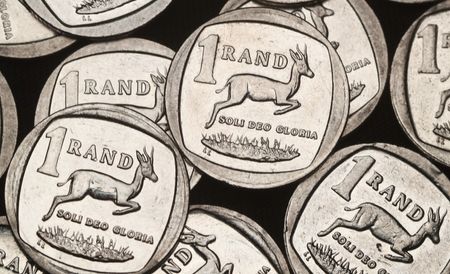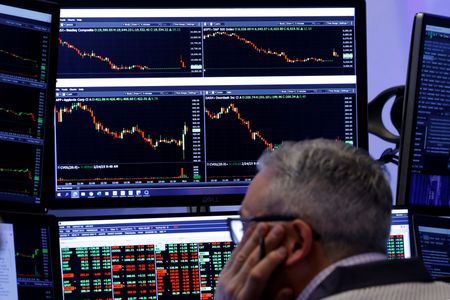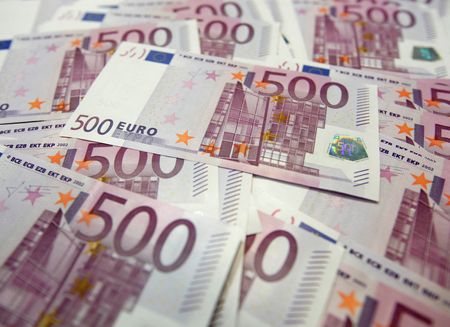By Paul Carsten
LONDON (Reuters) – Oil prices dipped on Tuesday, buffeted by U.S. President Donald Trump’s foreign policies as he juggles a push for peace in Ukraine, a tariff war with former allies and more sanctions on Iran.
Brent crude futures were down 57 cents, or 0.8%, to $74.21 a barrel by 1301 GMT. U.S. West Texas Intermediate crude futures lost 53 cents, also 0.8%, to $70.16 a barrel. Both contracts gained in Monday’s session after a $2 drop last Friday.
A Trump peace deal with Moscow “foreshadows the lifting of Russian sanctions, potentially welcoming unfettered Russian supply back to the market,” said Tamas Varga with oil broker PVM
Trump has also overseen fraying U.S. relationships with its neighbours Canada and Mexico and European allies.
U.S. President Donald Trump said on Monday that tariffs against Canadian and Mexican imports scheduled to start on March 4 are “on time and on schedule” despite efforts by the two trading partners to address Trump’s concerns about border security and fentanyl. Analysts say the tariffs would be bearish for global oil demand growth.
“When possible tit-for-tat economic sanctions are added to the equation one can only conclude that the roughly $12/bbl range of $70/bbl and $82/bbl basis Brent established between December and January will remain intact for the foreseeable future,” PVM’s Varga said.
Trump’s campaign of “maximum pressure” on Iran to stifle its oil exports continued on Monday, as the U.S. hit Iran with the second set of sanctions this month.
Iran is the third-largest producer in the Organization of the Petroleum Exporting Countries, pumping 3.2 million barrels per day in January, according to a Reuters survey of OPEC output.
Also on Monday, the third anniversary of Russia’s invasion of Ukraine, the EU listed 73 ships enabling sanctions evasion, known as the shadow fleet, while Britain sanctioned 40 vessels for transporting Russian oil.
Uncertain demand outlook and a lack of fresh economic indicators from key consumer China also weighed on prices.
“At this juncture, clear demand-side factors that can propel oil prices higher are still unknown until the middle of March, when China policymakers will likely announce new stimulus policies and a 2025 growth target after the conclusion of the ‘Two Sessions’,” said OANDA senior market analyst Kelvin Wong.
Western fuel demand strength provided some support to oil markets, analysts said.
“Globally complex refining margins are looking robust, with strong fuel oil and distillates crack, particularly in USGC and NEW benefiting from the heating oil demand from the cold snap,” said Sparta Commodities analyst Neil Crosby in a note, referring to the U.S. Gulf Coast and Northwest Europe.
Margins for a typical refinery in Singapore processing regional benchmark Dubai crude averaged $3.50 a barrel in February so far, compared with $2.30 a barrel last month, LSEG pricing data showed.
(Reporting by Paul Carsten and Colleen Howe; Editing by Shri Navaratnam, Jacqueline Wong, Kevin Liffey and David Evans)


